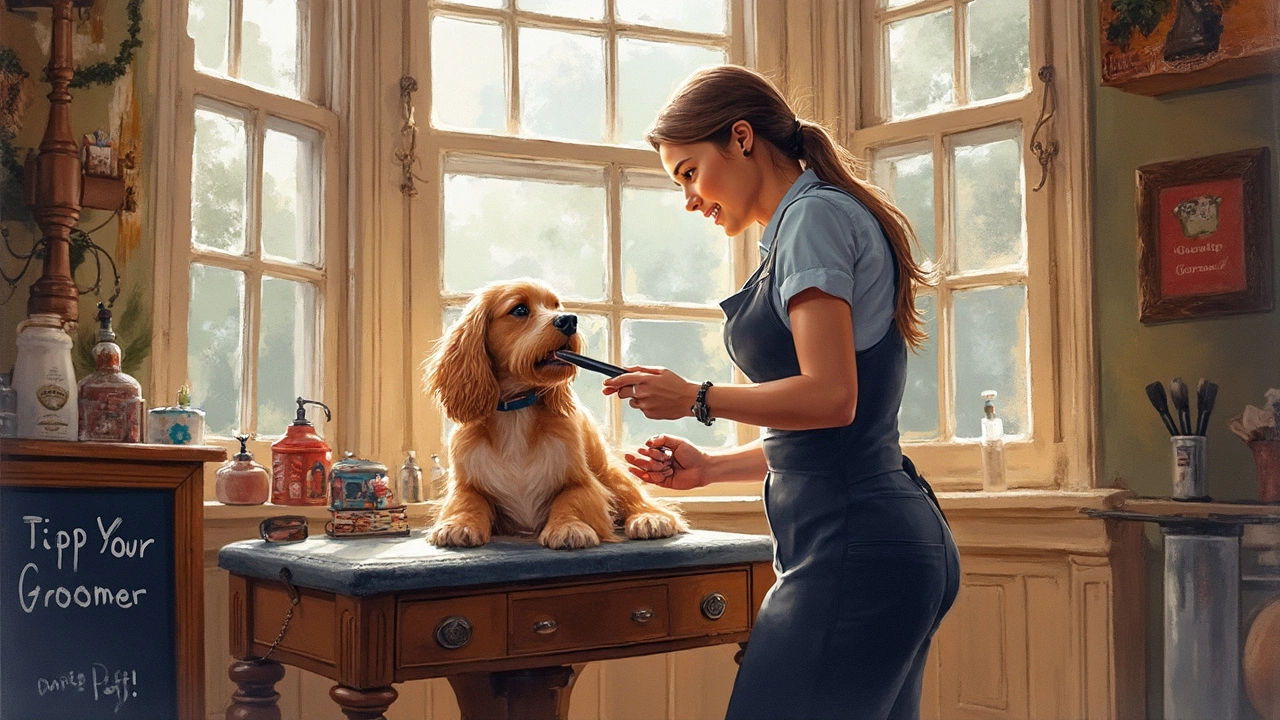Pet Grooming: Simple Tips for Happy Dogs and Cats
Keeping your pet clean and comfortable doesn’t have to be a chore. A few minutes each week can stop mats, reduce shedding, and make vet visits easier. Below you’ll find the core steps that work for both dogs and cats, plus shortcuts you can start using right now.
Everyday Grooming Basics
Start with a brush that matches your pet’s coat. Short‑haired dogs and cats do fine with a rubber grooming mitt; medium and long coats need a slicker brush or a metal comb. Brush in the direction of hair growth, then gently work opposite to loosen tangles. Do this while your pet is calm—after a walk or a play session works best.
Bath time is optional for most pets, but a quick rinse can freshen them up. Use a dog‑ or cat‑specific shampoo that’s pH‑balanced; human shampoo can irritate skin. Fill the tub with warm water no higher than your pet’s belly, wet the coat, apply a small amount of shampoo, and rinse thoroughly to avoid residue. A quick towel dry or a low‑heat blow dryer finishes the job.
Ears and paws need attention too. Check ears for wax or debris, then wipe gently with a cotton ball and a vet‑approved ear cleaner. Trim the hair around the paw pads if it’s long enough to collect mud; this prevents slipping and keeps the pads healthy.
Tools & Tricks for Stress‑Free Sessions
Invest in a few quality tools and you’ll cut down on time and frustration. A high‑traction grooming glove works wonders for nervous cats—just let them sniff it first, then slip it on for a quick brush. For dogs that pull during baths, a non‑slip mat and a handheld sprayer give you control without pushing them around.
Reward‑based training makes grooming a positive experience. Keep tasty treats handy and give a small bite each time your pet lets you brush a new spot. Over a few sessions they’ll associate the brush with something pleasant, which reduces fear.
Schedule matters. Aim for a short grooming routine 2‑3 times a week for short coats, and daily brushing for long coats. Consistency keeps mats from forming and lets you spot skin problems early. Mark the days on a calendar or set a phone reminder so you don’t forget.If you notice lice, ticks, or a skin rash, stop the grooming routine and call your vet. Early treatment prevents bigger issues later. Likewise, if your pet shows signs of stress—trembling, growling, or trying to escape—take a break, then try again later when they’re calmer.
Finally, keep your grooming area tidy. Rinse brushes after each use, store tools in a dry place, and clean the bathtub or sink regularly. A clean space feels safer to pets and lasts longer for your equipment.
With these easy steps you can turn grooming from a dreaded task into a bonding routine. Your dog or cat will look shinier, feel healthier, and enjoy more cuddle time. Try one tip today and see the difference it makes for both of you.
Should You Tip a Dog Groomer? A Handy Guide
When it comes to tipping dog groomers, there's often a debate about whether it's necessary. This article unravels the mystery, providing practical tips and insights on when and how much you should tip. We'll explore industry standards, share some anecdotes and offer helpful advice if you're indecisive. Knowing the ins and outs of tipping can ensure both you and your pooch have a pleasant grooming experience.
